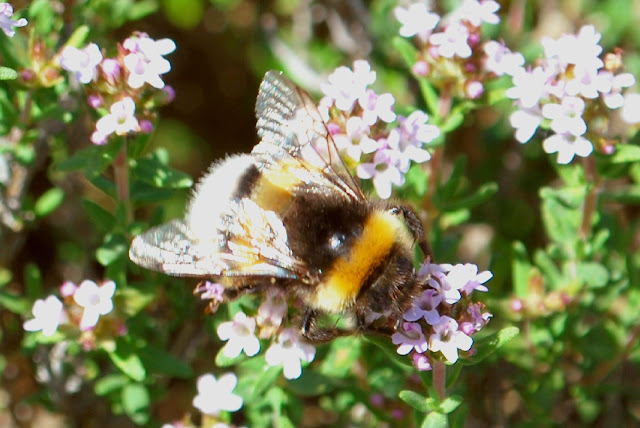Presenting Le Ripe's Roses
My favourite colour for roses is pink, preferably palest pink. Many modern romantic clichés are connected to the red rose. Do we have Robbie Burns to thank for that, or is the source medieval, cf. the Roman de la Rose and the earlier cultivation of red and white roses in Europe?
 |
| illuminated manuscript of Roman de la Rose: note red roses in border; red and white roses were de rigueur in the medieval garden |
Despite this, pink has to be the rose colour par excellence and by definition: rosa in Latin and Italian means rose, rosea in Latin is 'rosey' and in Italian rosa or color rosa means pink. The first recorded use of rose as a colour in English was in 1382.
More from Wikipedia: "The etymology of the color name rose is the same as that of the name of the rose flower. The name originates from Latin rosa, borrowed through Oscan from colonial Greek in southern Italy: rhodon (Aeolic form: wrodon), from Aramaic wurrdā, from Assyrian wurtinnu, from Old Iranian *warda (cf. Avestan warda, Sogdian ward, Parthian wâr)."
At Le Ripe we have mostly pale pink, white and some yellow/pale apricot roses. There is also a raspberry-pink intruder which may be relegated to a far corner of the orchard one day.
Here are some examples from our garden, flowering right now:
 |
| This is a David Austin, may be 'Shepherdess': pale apricot pink, wonderful fragrance |
 |
| our beloved Nahema |





















